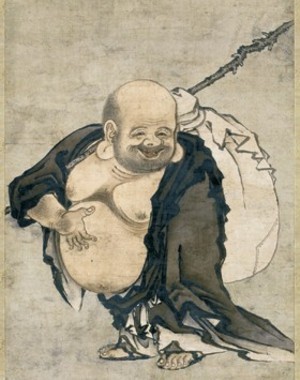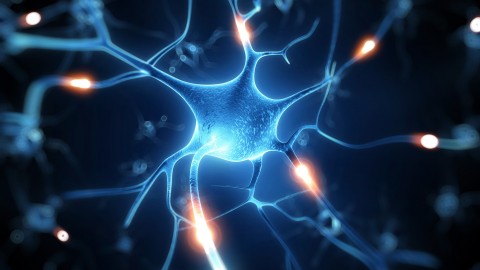Personal Change
The problem with personal change is that if you attack your old habits directly, the task is quite difficult. The mind that desires change confronts the mind that is bound by old conditioning. The result is inner conflict, with one side pushing and the other side resisting. Countless people feel trapped inside this war, whether their goal is to stop overeating, manage their anger, become more assertive, or stop being fearful – the desire to change isn’t enough, and keeping up the motivation to change soon wears out.
The secret to personal change is to stop fighting against yourself. If the inner war was winnable, you’d have won it long ago. Giving up takes you out of the war zone, but that’s not enough to create positive change. Your brain is still trained to follow the pathways set down by habit and conditioning. This is where the secret to personal change comes in. Change occurs by giving the brain new pathways. Without these new pathways, your default reactions will remain in place. Brain wiring isn’t the same as house wiring. Even if you are “wired” to overeat or to lose your temper quickly, these reactions can be overridden.
The process has a few steps that need to be repeated anytime you find yourself having a familiar, undesirable reaction.
1. Notice what you’re about to do.
2. Pause, close your eyes and wait until the surge of your reaction quiets down.
3. Ask yourself if you really need to react this way.
What you’re doing with these steps is bringing in the higher brain, which is the only part that can decide to change and then carry out the change. The part that keeps you from changing is emotional and impulsive – in other words the lower brain. The lower brain has quicker access than the higher brain, which is why you jump when you hear a car backfire and only seconds later make the decision that you are not in danger. Survival impulses like hunger, aggression, and fight-or-flight aren’t stronger than reason; they are just faster and thoughtless.
By pausing and waiting for the surge to pass, you give yourself time to do the things that the higher brain is expert at: considering, reflecting, weighing options, etc. But here comes the tricky part. If you have given in to impulse and habit many times, ignoring the choices available to your higher brain, grooves of habit become the path of least resistance. In a word, the more often the lower brain is favored, the weaker your decision-making becomes.











